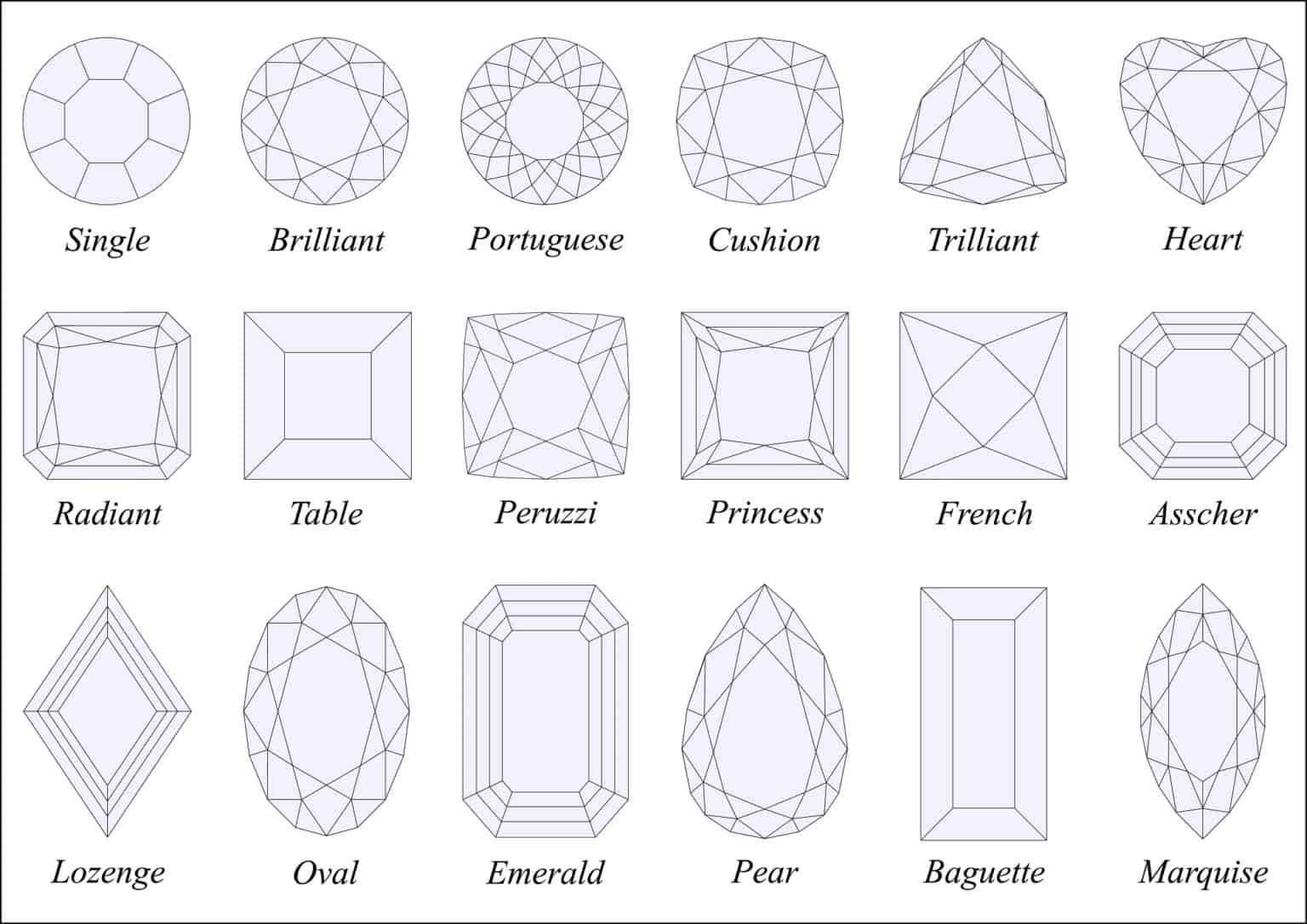
It is important for these sharp points to be well protected by the earring setting, as they are very vulnerable to chipping. The marquise cut looks very similar to the oval cut, but two of the ends of the marquise cut are pointed, enhancing the impression of length even more. The oval cut is very similar to the round cut, but earrings with oval stones give an additional impression of length. In addition to the oval cut, this group includes the marquise cut, the pear cut, and the heart cut, whose shapes are derived from the classic oval shape by modifying it. It was created with the goal of maximizing brilliance, and all else being equal, earrings with round diamonds have the potential to deliver the most sparkle.Īs already mentioned, the round cut is especially suitable for a thinner face. The round cut is the most popular diamond cut. Here are the most common cuts you can see in diamond earrings: Round Cut Types of Cuts for Diamond Earringsĭiamond cuts can be loosely classified according to shape, and the most popular shapes are round, oval, rectangular, and triangular. Round and oval shapes are most suitable for thinner faces. In general, diamonds with rectangular shapes look best when complementing a broader face. But when it comes to earrings, you also have to make sure that their diamonds’ shape flatters your face. Like cut, shape becomes more important the bigger and more visible a diamond is. Just make sure the stones you end up buying have good enough brilliance and do not look dark or drab as diamonds with a poor cut do.Ĭut shape is a feature you should pay special attention to when selecting diamonds for your earrings. Otherwise, you would be paying more money for a feature that doesn’t get noticed much, as the diamonds won’t be that visible.


Since the stones in earrings are relatively small, you shouldn’t obsess over having the highest cut quality possible. In general, the more big and visible a diamond, the more important it is for its cut to be of high quality. Settings with antique or vintage sensibilities would pair beautifully with the historical and romantic Rose, Old Mine and Cushion cuts, while the most traditional Round Cut can always stand as a solitaire or a centerpoint for a beautiful haloed design.īecause of their parallel step-cutting, silhouettes like Emerald and Asscher cuts are a perfect choice for designs featuring flanking stones, while Pear and Oval cuts offer similar opportunity for light filled designs that elongate the finger, but with an added sense of rounded softness.Cut quality is important for a simple reason: A higher quality grade means a more proportional cut, and the better the proportions of a diamond, the better able it is to retain and reflect light, resulting in higher brilliance.

Of course, a ring is so much more than merely a stone, and so when picking a stone cut it’s important to consider how the specific silhouette of that diamond (or other beautiful gemstone!) will be complemented, and complement in turn, the design of the ring setting.įor example, sleeker, more architectural designs that aim to let a single stone take center stage would do well to feature the stark, elegant geometry of a Marquise, Princess or Radiant cut stone. The cut rating does not affect the clarity score, or vice versa - both are independent of each other. It’s important to note that only round diamonds are graded for cut… otherwise the math simply gets too complicated for the graders! The grading of a diamond’s cut takes into account things like the depth, symmetry, even faceting and overall dimensions. The cut is one of the famous 4Cs of diamond grading (clarity, color, carat and cut), it describes how well the diamond was formed when it was cut from the rough in order to maximize things like light reflectivity and clarity. Even though you may hear them referred to as different “cuts” round, pear, marquise, and Asscher are all words used to describe the shape of a stone. The shape of a diamond describes its physical form, or the particular outline of the stone. When looking for that special stone it’s important to understand the difference between shape and cut… the two are often confused!


 0 kommentar(er)
0 kommentar(er)
